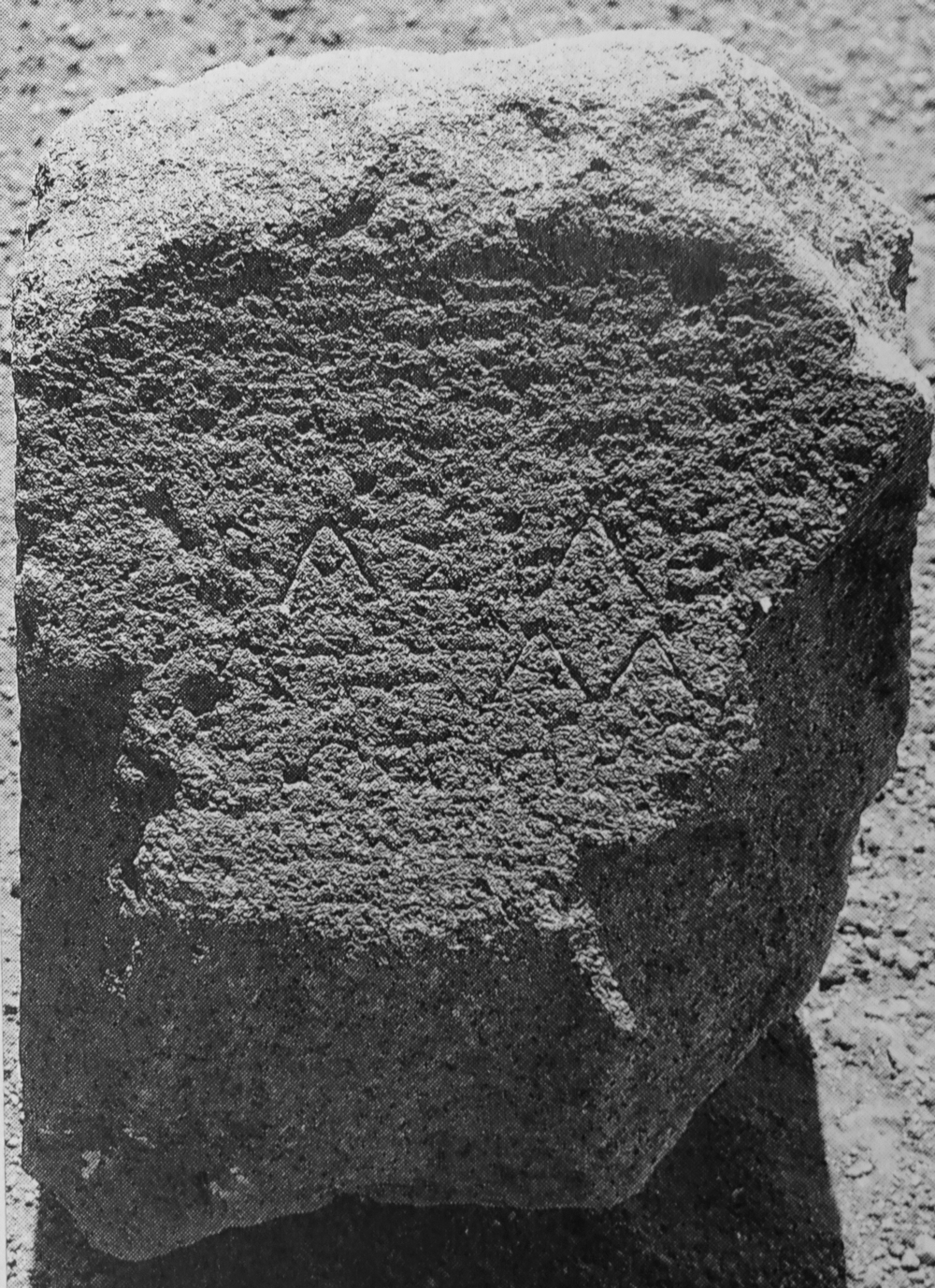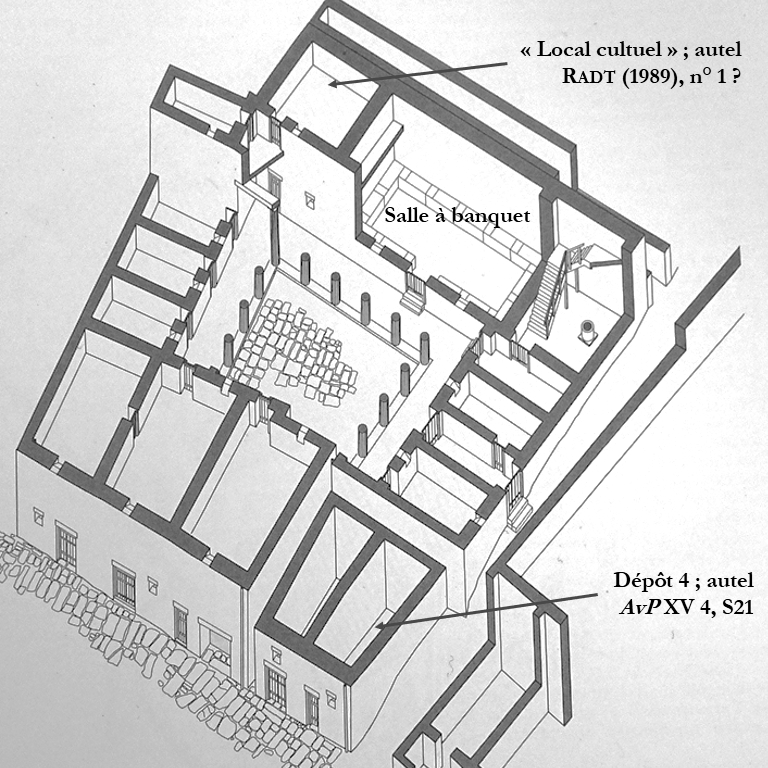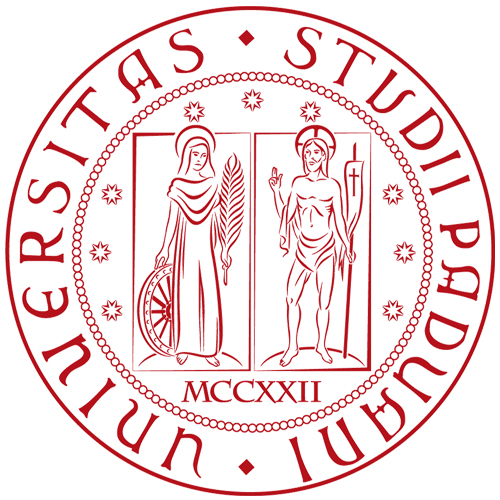
PHRC024 : Dedication to Attalos I, Pergamon - Mysia (200-100 BC) Dedication
Permanent ID http://s.phrc.it/phrc024
Images:
Photo 1: Photo of the altar, from Radt 1989, p. 204-205, photo 1
Photo 2: Plan of the House with the 'Podiensaal' (Late Hellenistic period); photo based on Schwarzer (2008), p. 49, photo 8, modified for Caneva 2020





